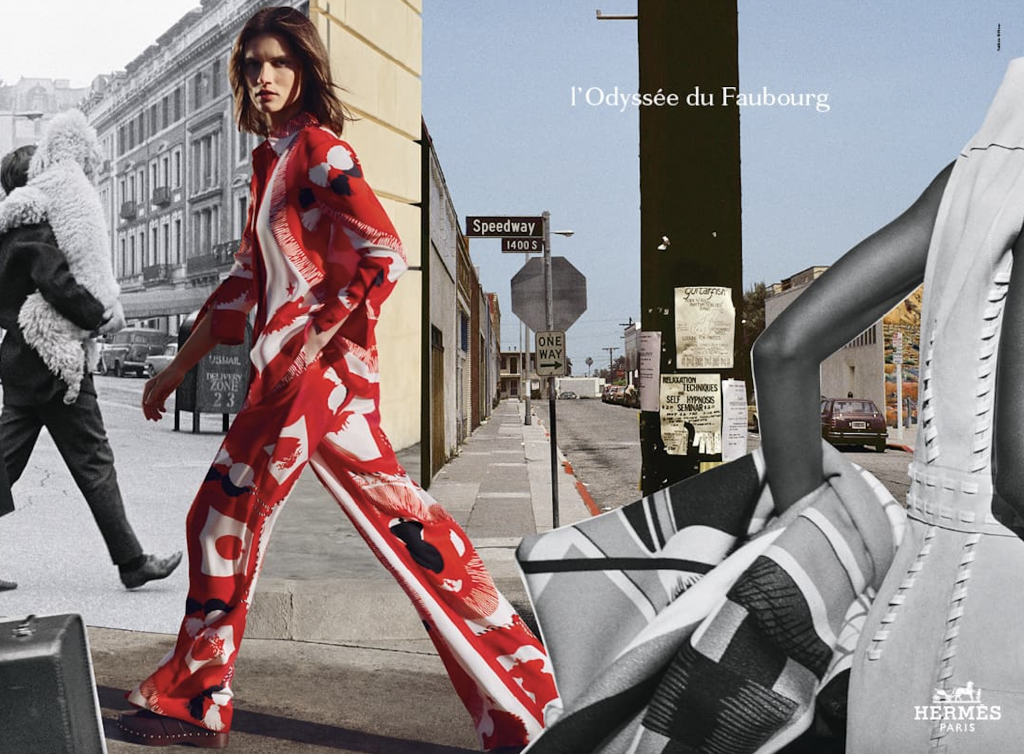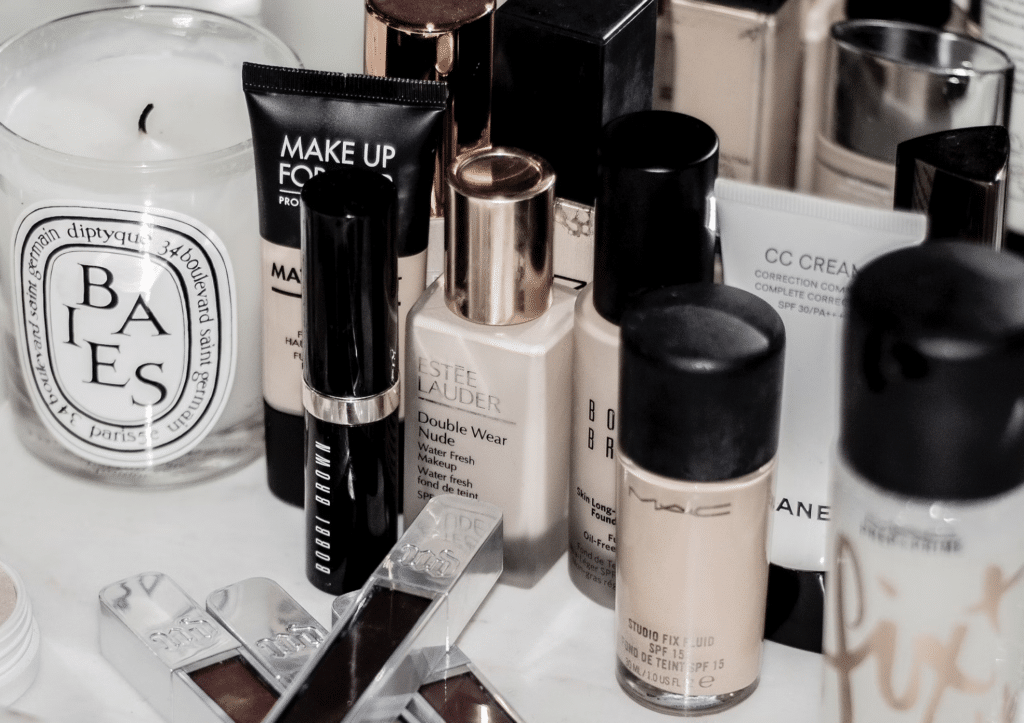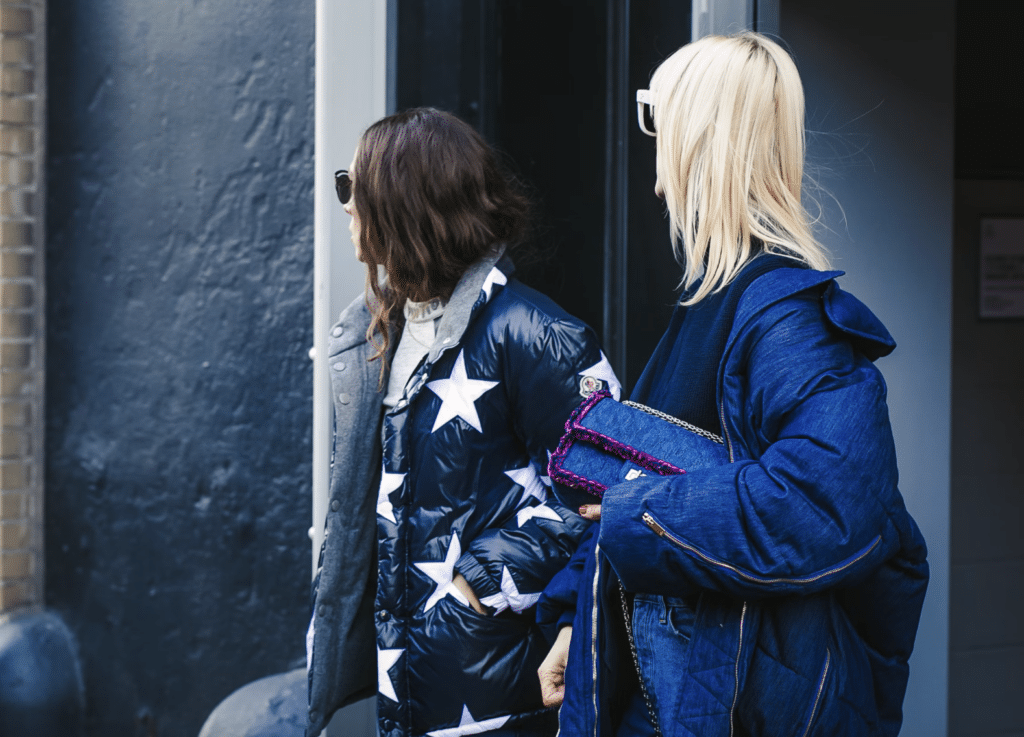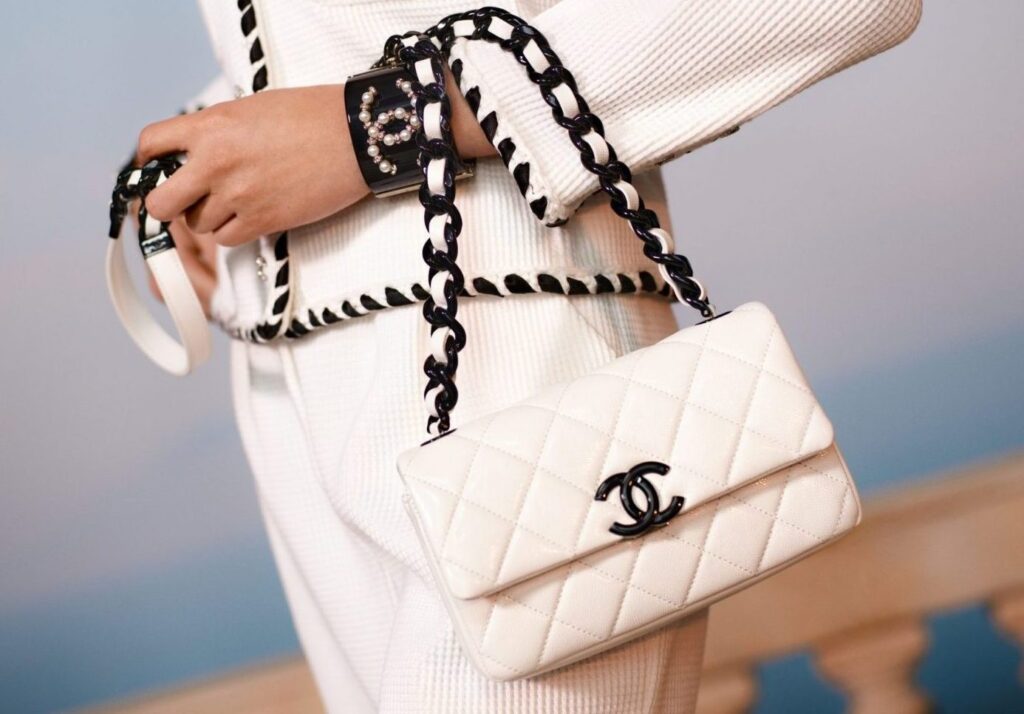One of the standout performers in the luxury sphere during the sweeping retail disruption and corresponding sales slump that has been prompted by the COVID-19 pandemic? Hermès, which has consistently beaten analyst expectations – and fared better than most of its luxury peers – thanks to its sales growth and in some instances, such as the 2020 fiscal year, smaller than average sales drops. Fast forward to the first quarter of 2021, one that saw it generate 2.08 billion euros ($2.50 billion) in sales (a 44 percent increase compared to 2020 and a 33 percent rise from 2019), and the brand revealed that “all the business lines have returned to growth, driven by “highly dynamic activity in Greater China, sustained activity in Korea, Thailand, Singapore and Australia,” and rebounds in America and Japan.
In a conversation with former WWD executive editor Bridget Foley for the French American Chamber of Commerce on Tuesday, Bob Chavez, the president and CEO of the Americas for Hermès, shed some light on the state of the brand’s growth generally, and particularly, in the wake of the pandemic, stating that while luxury may have an inherently “limited consumer base,” as Foley put it, Hermès continues to grow thanks to the fact that it has “so many product categories,” which clients continue to come back for as they build out their Hermès-centric “lifestyle.”
Citing one “simple example” from last year, Chavez revealed that Hermès’ “fastest growing category” came in the form of “home and tableware.” That was “always a good category for us,” according to Chavez. However, “Last year, it just exploded,” a testament, he says to the stories “we have all heard about how people spent so much more time in their homes, and all of a sudden, thought, ‘I want a really luxurious cashmere blanket.’” Or as a result of the fact that “we are all eating breakfast, lunch, and dinner at home now,” many consumers have opted to upgrade their dishes, which prompted “porcelain sales to really increase,” something that he says “has not stopped,” and instead, “has really, really continued.”
But even “when the home category starts to slow a bit,” he contends that Hermès is still well positioned for enduring growth, as “all of a sudden [consumers] may move into footwear because the footwear collection is really strong, or [demand] moves into jewelry or ready-to-wear or equestrian becomes a big thing for people.” With that in mind, he says that the brand is fortunate to keep growing thanks to the sheer variety of products that it offers. And beyond that, growth continues to come from loyal customers. “It really is all about a lifestyle,” he says. “People move from métier to métier because it is that Hermes lifestyle that they are enjoying and living.”
In terms of COVID-era elements that the brand plans to continue to implement even as vaccines roll out and restrictions begin to fade, Chavez asserts that “one of the best [developments during the COVID pandemic] has been the very personalized service” that Hermès’ introduced. “We didn’t open our stores to the public right away, we opened by appointment, and we found that our clients loved that they could have these great individual appointments with their sales associates.” In addition to “giving us the opportunity to hyper-enhance that experience,” the introduction of appointments served to illustrate how much customers valued that service. “Now that we have started to open to the public, many of the clients still want to have an appointment and have that one-on-one time.” So, Chavez says that Hermès is planning to continue to accommodate clients in this way and offer appointments even after all COVID restrictions have been lifted.
In another COVID development, Chavez noted that “clearly, everyone experienced a huge boom in digital sales last year.” Hermès’ revealed in its annual report in February that its e-commerce sales were up by more than 100 percent or more in all regions. More recently, in a Q1 conference call in April, the company’s Executive Vice President for Finance Eric du Halgouët touched on the topic of e-commerce, revealing that digital sales will likely exceed 1 billion euros in the not-too-distant future. At the same time, the group revealed that e-commerce was helping it to reach new clients; 65 percent of its sales online were to new customers.
Addressing the enduring question about how such significant COVID-specific e-commerce growth will play out as stores begin to reopen, Chavez claims that “the digital business has continued to soar even into this year.” Yet, at the same time, the brand is starting to see a trend of customers that made their first-ever Hermès purchases online, “now wanting to come into the store to discover other things, [or to] touch and feel [products], and have that human contact.” This appears to be in line with the sentiment that the striking rise in e-commerce is not necessarily cannibalizing in-stores sales (as has been suggested as a potential outcome), but instead, it may be setting up first-time buyers to ultimately shop in-store when possible – or some mix thereof.
As for what is currently drawing in consumers, aside from the obvious allure of the Hermès brand and its offerings, Chavez stated that the role that sustainability plays in the ethos – and the practice – of the 184-year-old brand is proving to be a noteworthy driver. “A lot of customers are coming in now because we make products that last a long time, products that don’t go out of style the next season or the next year, and because people know that they can pass those products on to their children and even their grandchildren,” which he says is important to sustainability-minded consumers. At the heart of this is something that Chavez says that fourth generation family member Robert Dumas put well when he stated that “Hermès makes things that can be repaired.” And “that is what we do,” per Chavez. “We will repair pretty much anything if it has to be repaired. So rather than throw it away, and buy something new again, we believe in this longevity, and I think it resonates with a lot of people today.”
Logistically speaking, he admits that this “requires a lot of manpower,” particularly as the business has growth.
Finally, Hermès in the midst of a 5-year expansion plan in the U.S., with stores coming outside of Detroit, in Aventura, Florida, and in Austin, Texas, for example, and with renovations of stores, including a major revamp of its Madison Avenue store in New York, underway. Amid an exodus of luxury brands from some of New York City’s most heavily-trafficked shopping areas due, in large part, to the onset and enduring impacts of COVID (and no shortage of lawsuits coming as a result), Chavez says that while Fifth Avenue, for instance, has “become very heavily tourist oriented,” with new stores opening and “pushing some of the luxury out,” to some extent that “might be changing again.” And he is “optimistic” that these major shopping avenues will bounce back.













